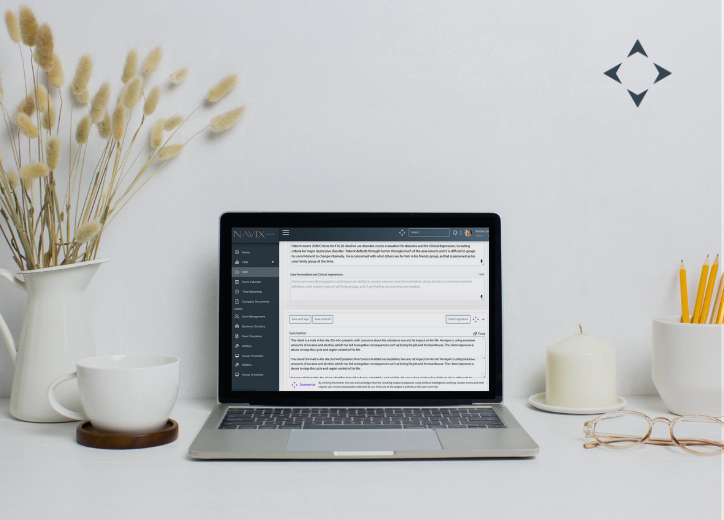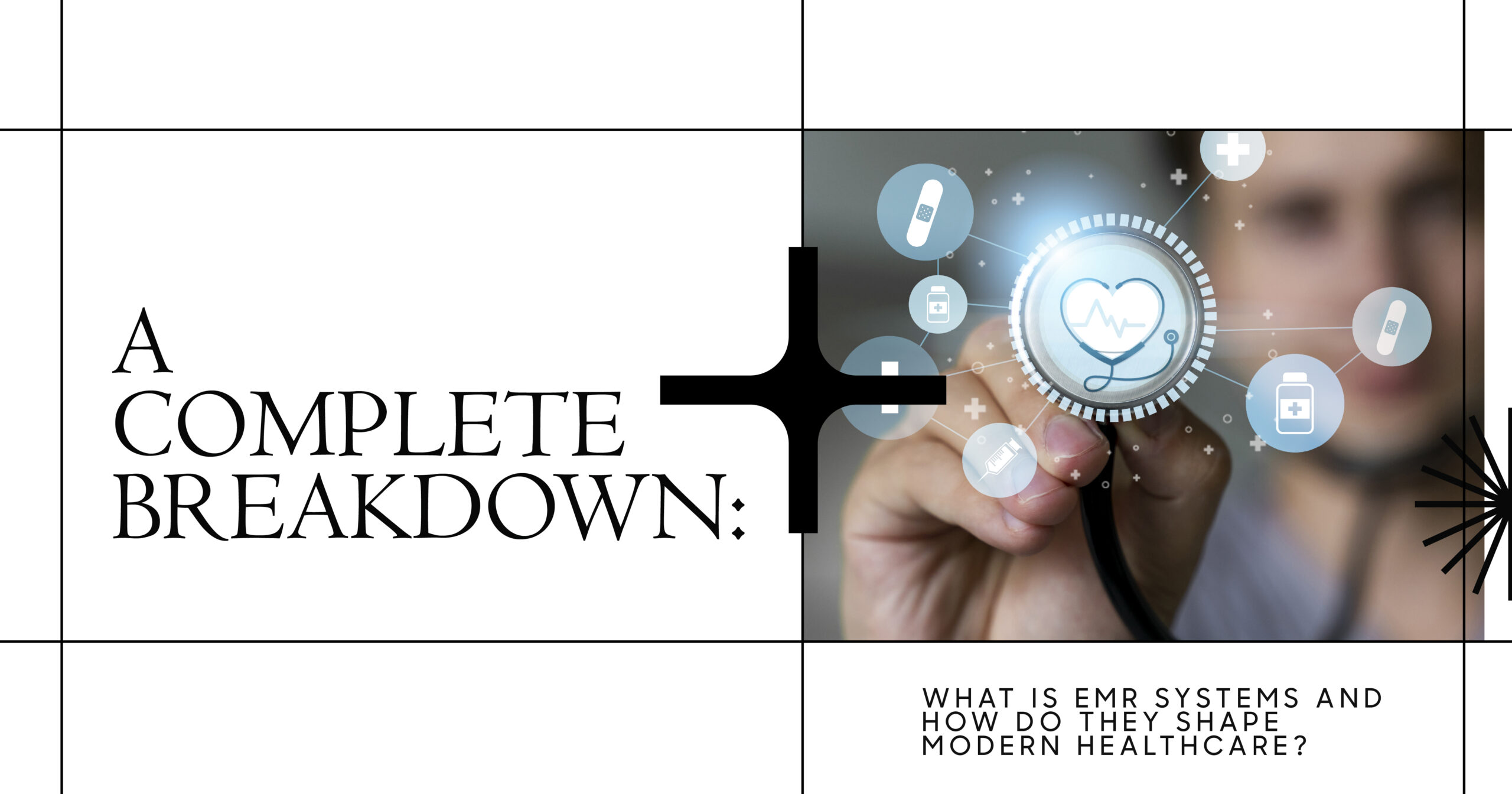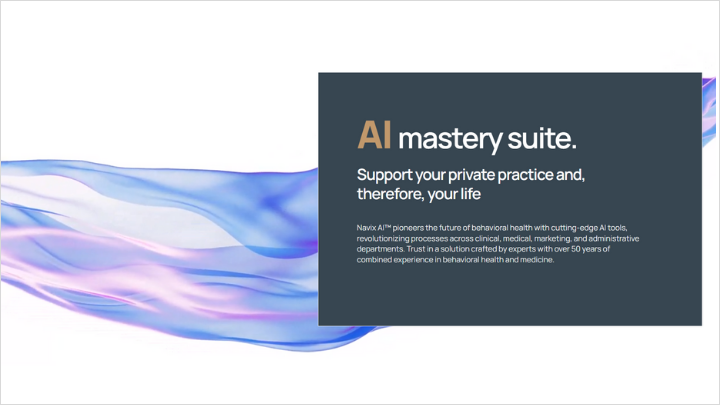Clinical documentation is an essential and non-negotiable part of any practice, but it can also be a significant source of stress. Many providers relate to the frustrating phenomenon of either procrastinating documentation or spending far more time on paperwork than they’d like. With that, they also may not be adhering to the best practices when writing clinical notes.
It’s important for all healthcare professionals to streamline their paperwork processes. In doing so, you free up your capacity to focus on patient care, and you can also achieve a better work-life balance where you don’t inherently have to bring paperwork home with you.
In this article, we’ll explore the best strategies on how to write medical notes faster, and we’ll discuss exactly what your medical documentation needs to include.
Guidelines for Optimal Clinical Records
Patient notes should accurately indicate each individual’s treatment plan, goals, and progress toward achieving those goals. When writing progress notes, you want to consider that these forms can be audited and viewed at any time- whether that’s by the patient, their insurance company, or in legal proceedings. With that, it’s imperative to write each patient note objectively and neutrally.
Every note needs to include the following information:
- The individual’s name
- The session date and time
- Chief complaint
- Any significant changes in appearance, mood, or symptoms
- Changes in the medical record
- Patient’s status regarding emotions and presenting issues
- Relevant information about medical details
- Treatment goals
- Interventions used
- Clinician observations
- Plan for the next appointment
- Name and signature
Use Appropriate Clinical Terms
When in doubt, use the right clinical terms for each note, and ensure that you keep continuity over time. It’s generally discouraged to use slang in your documentation, and that’s because slang isn’t always universally understood. In addition, try to steer clear of using ambiguous terms that don’t accurately describe the content of your client’s story.
It’s best to adhere to standardized clinical terminology. Use clear, transparent language that accurately reflects your patient’s condition, overall progress in treatment, and when the next therapy session will take place.
If you’re unsure where to begin, consider referring to an established training protocol that focuses on the main terms used by healthcare professionals. This accessible PDF can be a starting point.
Document Any Crises or Safety Concerns
It is important to concisely document any potential risk factors or crises when you write clinical notes. Most healthcare organizations have established protocols for such documentation, but you may need to consult with other providers if you need additional support.
- Demonstrate assessment of risk: Document the level of risk posed to the client or other people. Indicate which established risk assessments were utilized and the rationale for engaging in those methods.
- Interventions: Document the specific interventions taken to address the safety concerns, including referrals to other professionals, safety plans, or grounding techniques.
- Consultation documentation: If you consulted with another therapist, physician, or healthcare professional, document their involvement and recommendations.
- Follow-up plans: Document future plans related to follow-up, ongoing support, protective factors, test results, lab results, next session, and changes to the treatment plan.
Stick to a Consistent Protocol
Most clinicians find that their note-writing process feels far more manageable when they commit to a predictable paperwork schedule. This is especially true if you have a large caseload or seemingly inconsistent client appointments.
Procrastinating may feel beneficial in the short term, but it always comes with emotional consequences, such as more anxiety, feelings of insecurity, or tension with your colleagues or supervisor. When it comes to the integrity of your work, procrastination may also come with logistical consequences, including delayed payouts, insurance audits, and more.
When it comes to optimizing time management, committing to any new habit can take time. On average, it can take anywhere from 18-254 days for a habit to feel more consistent and static. And even then, daily repetition matters when it comes to maintaining a sense of predictability.
How to Speed Up Your Notes
Like most healthcare professionals, you’re probably extremely busy and don’t have a lot of time between each appointment or therapy session. That said, with practice, you should be able to pare down each note to just a few minutes. Here’s a step-by-step guide that can help you save time and write more concise notes.
Use the Same Format Each Time Standard Format
Whether you’re writing a SOAP note, DAP note, BIRP note, or something else, keep your note-writing process consistent each time. The more you stick to a predictable routine, the more you’ll implement an inherent flow to writing.
Consider Whether You Want to Take Notes in Session
Jotting down notes during each session can save time. It also may ensure greater accuracy, as you’re recording details in real-time rather than relying on your memory later. Certain organizations require that documentation is completed within designated timeframes, and taking notes in session can mitigate the risk of lateness.
With that, some clients and clinicians may find the process of writing notes to be distracting. You can’t be as engaged with the client’s response as it unfolds in each moment, and clients will inherently wonder what you’re writing down as they speak.
Some organizations have already moved to embrace collaborative documentation. Collaboration documentation entails both the clinician and client participating in documentation together during the session. This is intended to be a patient-centered approach that assesses current needs, personal goals, interventions, and progress.
Dictate Clinical Notes
Many providers find it better to dictate their paperwork than to write or type it. Start by selecting your preferred HIPAA-compliant dictation software. You want to use a program that encrypts data during its transmission and storage to prohibit any unauthorized access. Ideally, this program will also mandate multi-user authentication methods like PINs, biometrics, or strong passwords.
Always review each software’s particular security features and compliance standards to make sure they fit with your regulatory requirements.
Familiarize Yourself With Your EMR
Having reliable EMR software is paramount for improving your note-writing process, treatment plans, and managing a multidisciplinary team. Every EMR has its own unique features, and it’s important to familiarize yourself with what’s available to you.
Navix Health is created for healthcare professionals, and it is also designed and maintained by healthcare professionals who feel the current products on the market are too rigid and cumbersome. Navix Health prioritizes ongoing collaboration, flexibility, and adaptability to improve your clinical workflow, and we offer a variety of tools to simplify your documentation.
Simplifying Your Clinical Documentation With Navix Health
Don’t fall into the trap of assuming you’re doomed to dreading your note-writing process. Once you can master the craft of creating an ideal, efficient clinical note, it simply becomes a part of your routine.
At Navix Health, we prioritize augmenting operational, clinical, and patient access from intake to discharge. We are here for your company every step of the way, and our fully unified platform allows providers to streamline their processes, allowing them to devote more time to client care and company growth.
The Navix Health platform integrates customer relationship management (CRM), electronic medical records (EMR), revenue cycle management (RCM), and our groundbreaking Navix AI into one intuitive, affordable system.
Contact us today to schedule a complimentary demo.




